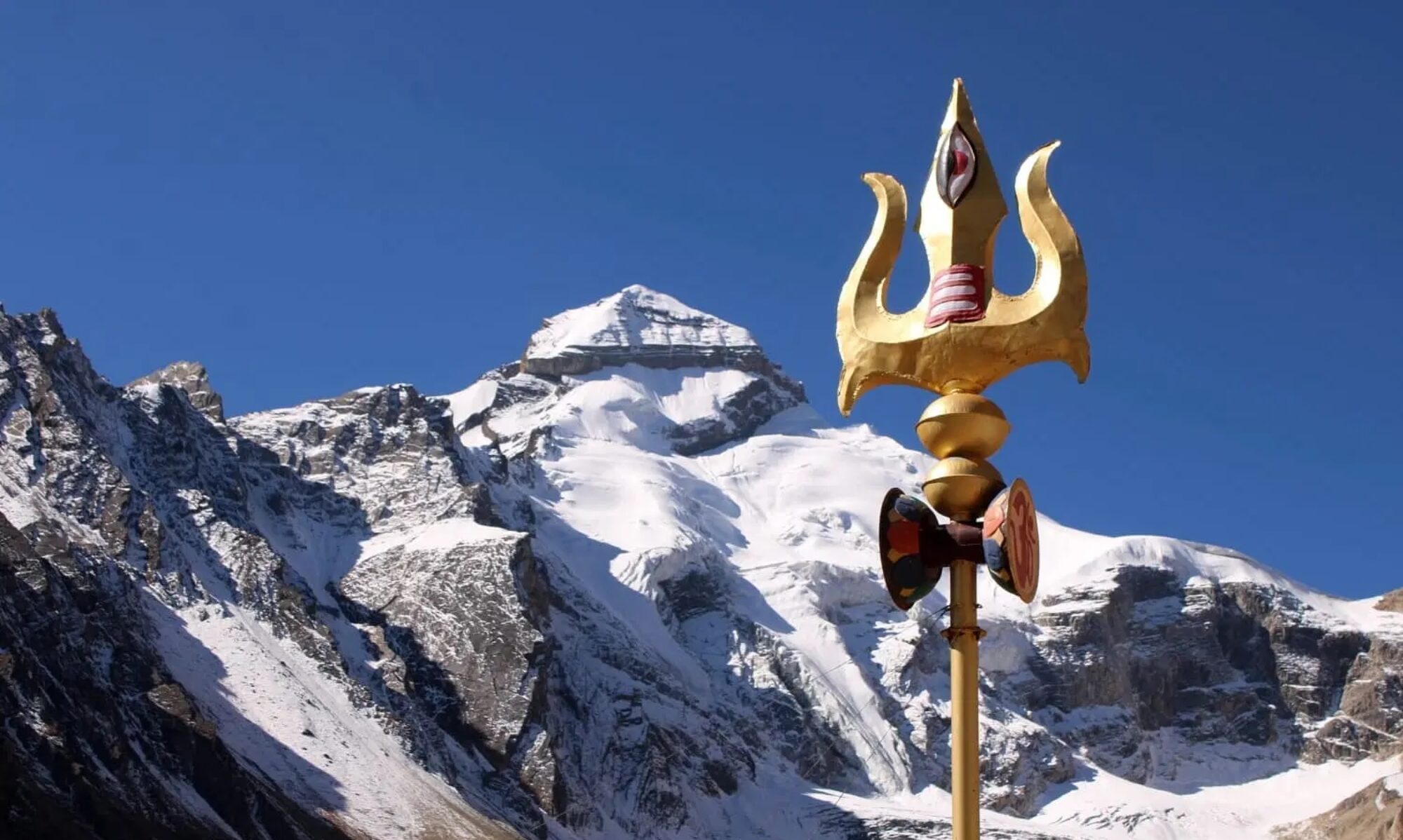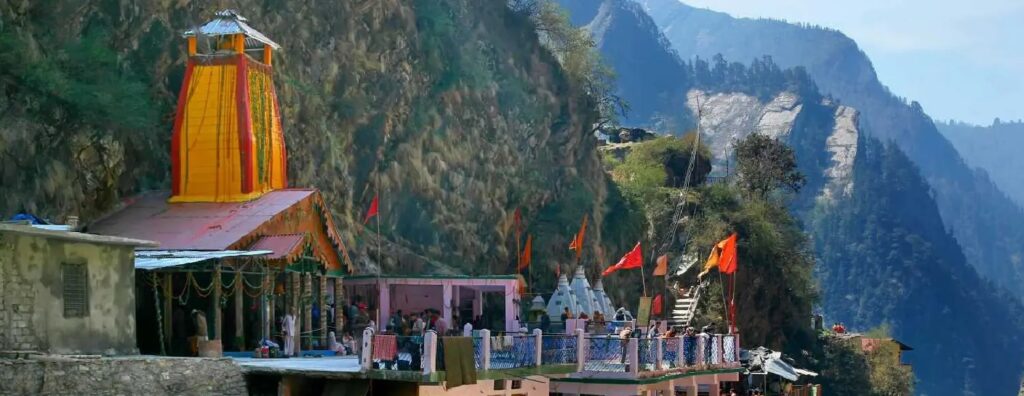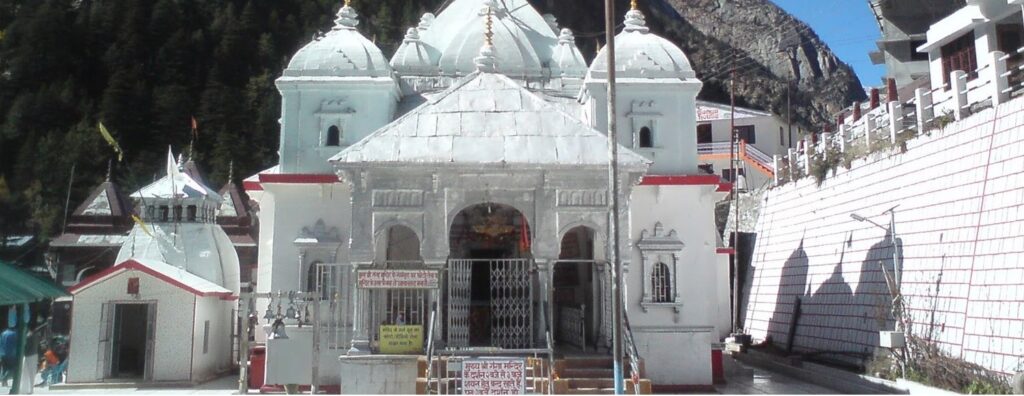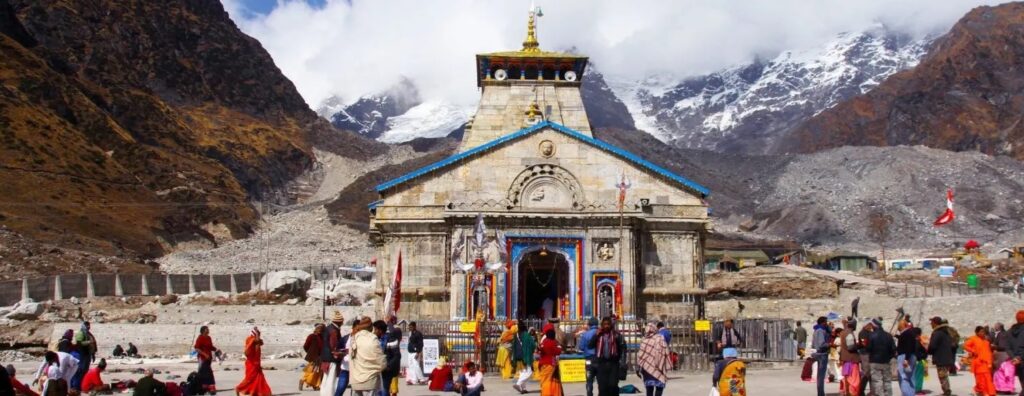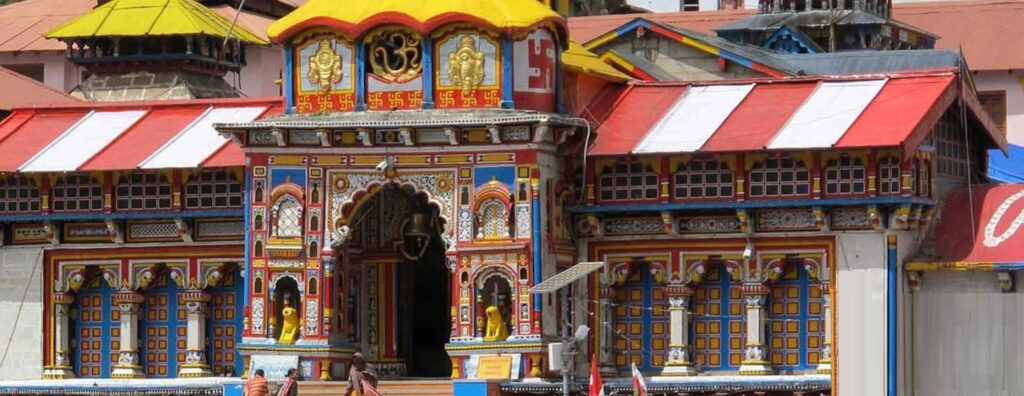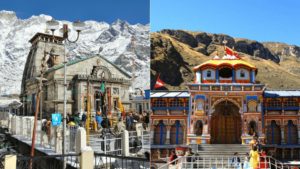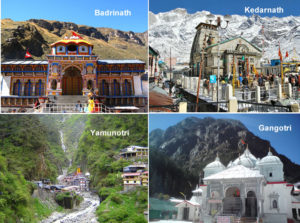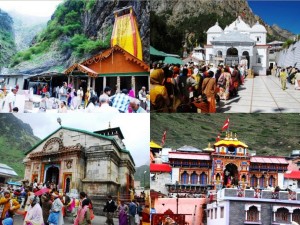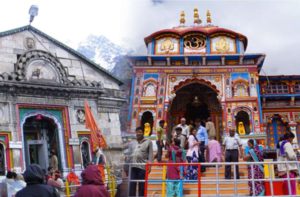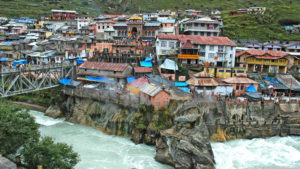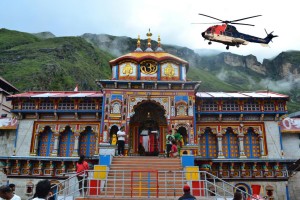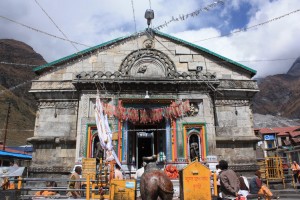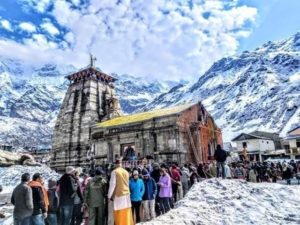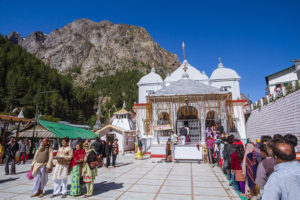The Char Dham Yatra is a revered pilgrimage in India, covering four sacred Hindu shrines—Yamunotri, Gangotri, Kedarnath, and Badrinath—located in Uttarakhand’s Himalayas. Devotees undertake this spiritual journey to seek blessings and wash away sins. 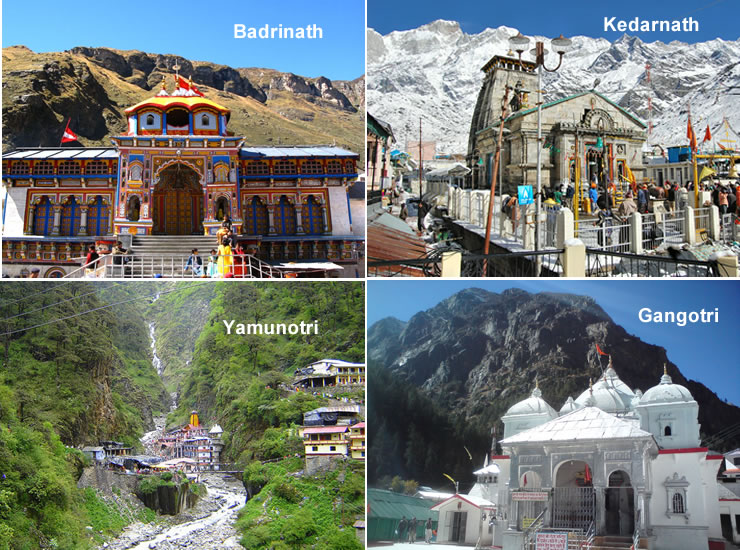
The yatra typically begins from Yamunotri, dedicated to Goddess Yamuna, followed by Gangotri, the origin of the holy Ganges. Kedarnath, home to one of the twelve Jyotirlingas of Lord Shiva, is the next stop, concluding at Badrinath, dedicated to Lord Vishnu.
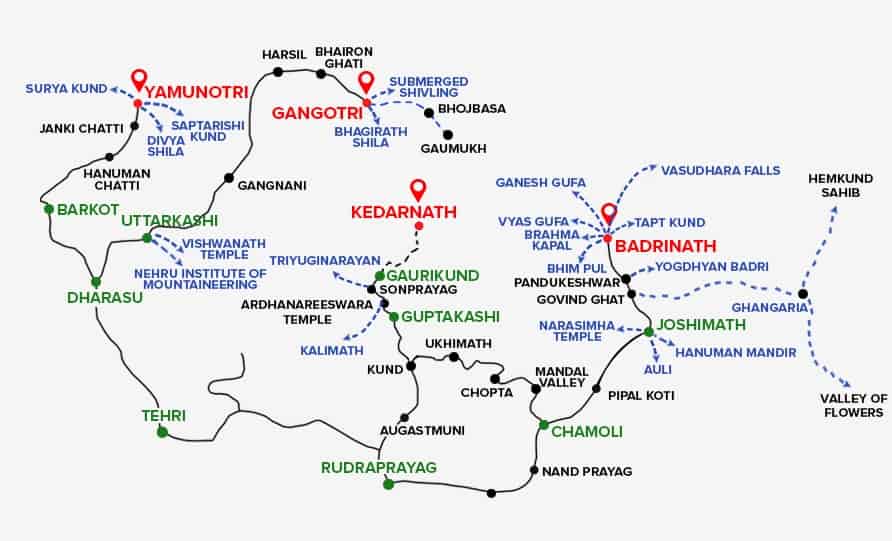
Char Dham Opening and Closing Dates
The Char Dham Yatra follows a strict seasonal schedule due to extreme weather conditions. The opening dates vary each year but generally fall in April or May, depending on Akshaya Tritiya and other Hindu traditions. For the 2025 Char Dham Yatra, the opening dates are as follows: Yamunotri and Gangotri will commence on April 30th, coinciding with Akshaya Tritiya, followed by Kedarnath on May 2nd and Badrinath on May 4th. The yatra usually concludes in October or November, with Badrinath typically closing in early November.
Legends of the Char Dham Shrines
Yamunotri – The sacred source of the Yamuna River, Yamunotri is believed to be the home of Goddess Yamuna, the daughter of Surya (the Sun God) and sister of Yama (the God of Death). According to legend, Sage Asit Muni used to reside here, and the river was brought closer to his ashram to ease his devotion. Pilgrims take a holy dip in the river, believing it absolves sins and grants longevity.
Located in Uttarakhand’s Uttarkashi district at an altitude of 3,293 meters, it is surrounded by snow-capped peaks and glaciers. The temple was built by Maharaja Pratap Shah of Tehri Garhwal, and devotees take a dip in the hot springs of Surya Kund before offering prayers at the temple.
Gangotri – The origin of the Ganges River, Gangotri is deeply associated with Goddess Ganga. Mythology states that King Bhagirath performed intense penance to bring the river to earth to cleanse the souls of his ancestors. Lord Shiva caught Ganga in his matted locks to control her immense force, allowing her to flow gently from Gangotri. The sacred waters are believed to purify devotees of their sins.
The temple, situated at 3,100 meters in Uttarakhand, was built in the 18th century by Amar Singh Thapa. According to mythology, Goddess Ganga descended to Earth here to cleanse the sins of King Bhagirath’s ancestors. The actual source, Gaumukh Glacier, is about 19 km from the temple.
Kedarnath – One of the holiest Shiva temples, Kedarnath is linked to the Pandavas from the Mahabharata. After the Kurukshetra war, they sought Lord Shiva’s forgiveness, but he disguised himself as a bull. Bhima recognized him, and Shiva dived into the ground, leaving behind his hump, which is now worshipped as the Jyotirlinga.
Kedarnath is located at an altitude of 3,583 meters in the Garhwal Himalayas. The temple, believed to be built by the Pandavas and later revived by Adi Shankaracharya, stands near the Mandakini River. Due to its extreme weather conditions, the temple remains open only from April to November.
Badrinath – Dedicated to Lord Vishnu, Badrinath is associated with multiple legends. It is believed that Vishnu meditated here, and Goddess Lakshmi took the form of a Badri tree to protect him from the harsh weather. Another legend states that Nar and Narayan, the twin forms of Vishnu, performed penance here. The temple was established by Adi Shankaracharya, and devotees seek Lord Vishnu’s blessings for salvation.
Badrinath is the most important shrine in the Char Dham circuit. Situated at 3,133 meters between the Nar and Narayan mountain ranges. The idol of Lord Vishnu in a meditative posture is enshrined here, and devotees take a holy dip in the Tapt Kund before seeking blessings.
These four shrines together form the sacred Char Dham Yatra, offering spiritual enlightenment and divine grace to pilgrims.
Have Questions? Find answers here FAQs
Booking Query? Call or Whatsapp +91 9810594172 / +91 9350371499
